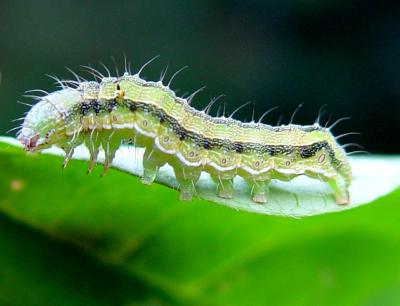
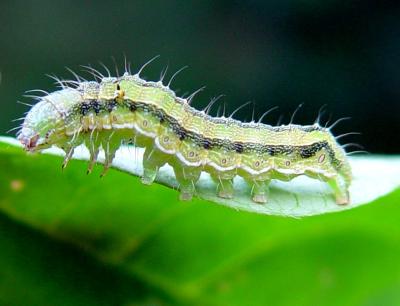
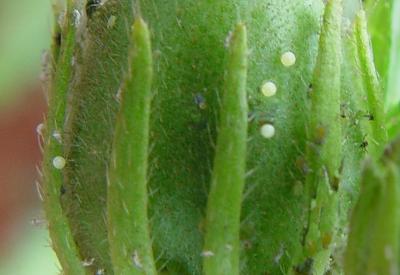
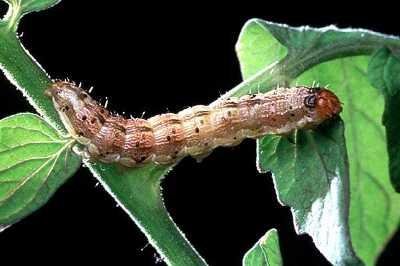
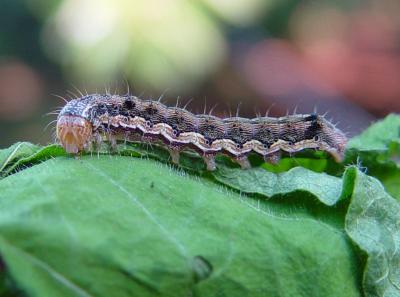
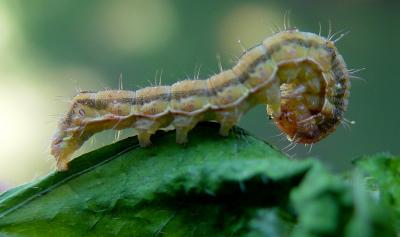
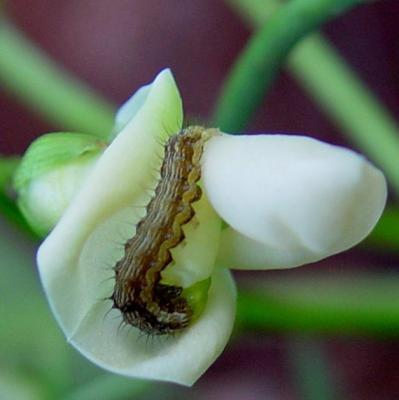
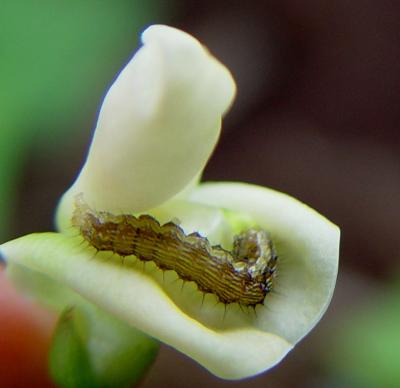
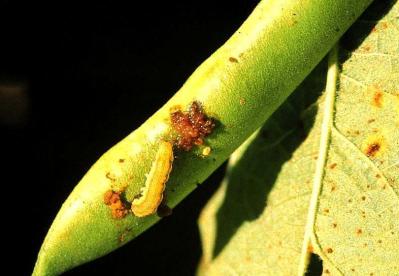
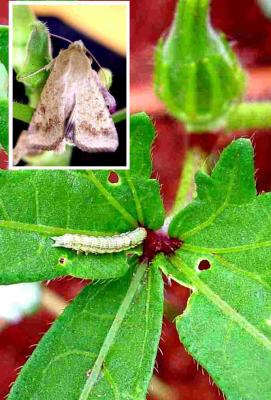
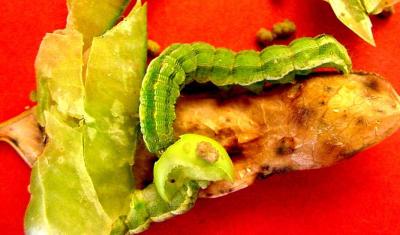
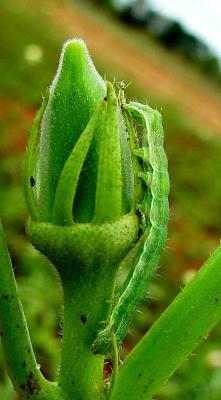
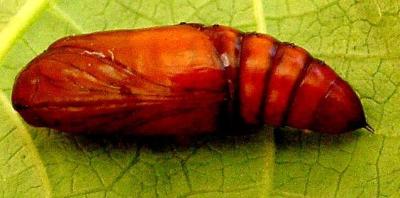
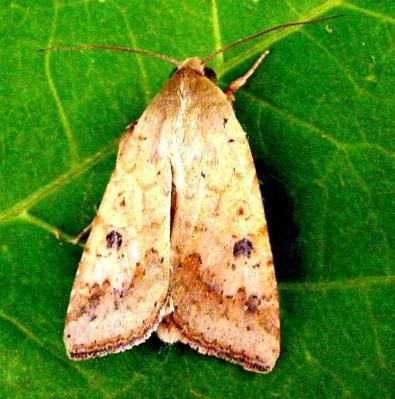
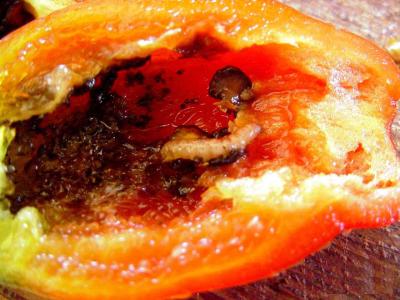
tables
| Plant species: Common (scientific name) | Target crop | Plant parts used | Effect on African bollworm |
| Derris (Derris eliptica) | Cotton, maize | Roots | Insecticidal, repellent, contact and stomach poison |
| Garlic (Allium sativum) | Cotton, maize | Bulbs | Insecticidal, repellent, antifeedant |
| Neem (Azadirachta indica) | Cotton, maize, pigeon pea, chickpea | Seeds and leaves | Insecticidal, repellent, antifeedant, growth inhibitor |
| Persian lilac (Melia azedarach) | Cotton | Leaves, bark and fruit | Repellent, oviposition deterrent, antifeedant, insecticidal, growth inhibitor |
| Pyrethrum (Chrysanthemum cinerariaefolium) | Cotton, maize | Flowers | Insecticidal, repellent, antifeedant |
| Tephrosia vogelii | Cotton | Leaves, roots | Antifeedant, insecticidal, ovicidal |
| Ginger (Zingiber officinale) | Cotton | Rhizome | Repellent, insecticidal |
Source: Stoll, 2000. Modified from Damte et al., 2002)
| Neem Products | Crop | Dosage litres | Reference |
| Formulation containing Azadirachtin 0.03% (300ppm) | Cotton Chickpea Cowpea Field bean |
0.5-3.75 litres 1.2-1.5 litres 1.6-2.0 litres 0.8-1.5 litres |
Sehgal and Singh, 2001 |
| Formulation containing Azadirachtin 0.15% (1500 ppm) | Cotton Tomato Field bean |
0.5-5.0 litres 3.25 litres 2.0 litres |
Sehgal and Singh, 2001 |
| Formulation containing Azadirachtin 0.5% (5000 ppm) | Cotton Tea Tobacco |
0.375-1.0 litres 0.2 litres 0.2 litres |
Sehgal and Singh, 2001 |
| Fresh leaves of neem | Beans | 350g/liter of water | Schmutterer, 1995 |
| Neem seed kernel extract (NSKE) with soap mixture | Chickpea | NSKE 50% with 1% soap | Srivastava, 1999 |
| Econeem 0.3% azadirachtine alone and in combination with Bt or nuclear polyhedrosis virus |
Cotton | Lingappa et al., 2000 | |
| Neem seed kernel Extract (NSKE) 5 or 6% | Pigeon pea | Sadwarte and Sarode, 1997 |
Source: Damte et al, 2002
Comments for REVIEW
mh comments 16.6.09: Pls check pestmodules on host plants (wheat empty) so that they contain crop-specific informaion and description incl. 'What to do'. Host-range in header should be more or less the same as the host range under General information. Structure of chapter General info): Geogr. distr, Introduction, Damage, Host range, Symptoms (missing), Affected Plant stages... etc (as on Armyworm) Cultural practices: Have reintroduced threshold examples (and also included in tomato and cotton) Kindly provide me with a copy of Negash and Abate paper. I cannot access it through internet or library. Further, if cucumber is a trap crop against whiteflies, it should be included under whiteflies. Pls provide reference. Pls check chapter on natural enemies: maybe this could be structured a little better. Pls include Ref for Bio-Re Project. (not bio-pe). If possible images of birds on perches and Setaria. Also the Intercropping/trap cropping chapter needs a bit structure, maybe take the trap cropping for cotton out or separate for cotton farmers. The info should also be included in cotton datasheet (and other crop datasheets/pestmodule where it makes sense). Pls check. Biopesticides: pls include detailled pest-specific recipes for the biopesticides provided - pepper, marigold, neem, bt, garlic, lantana, chillies, tephrosia. how, when, dosage, intervall. I have no access to these papers. Should the table be reintroduced? (its stored under point one, under note, not visible).
Helicoverpa armigera (Synonym: Heliothis armigera)
